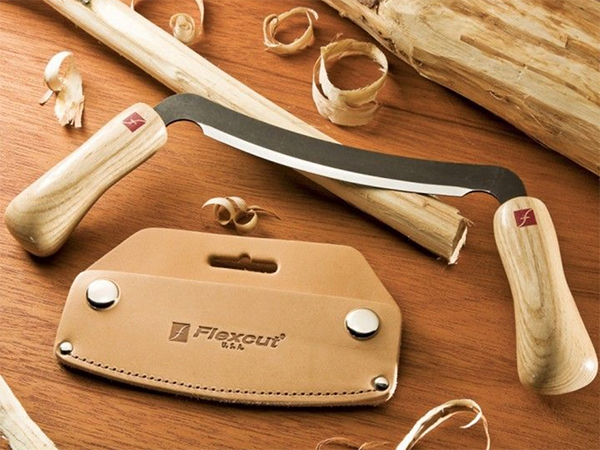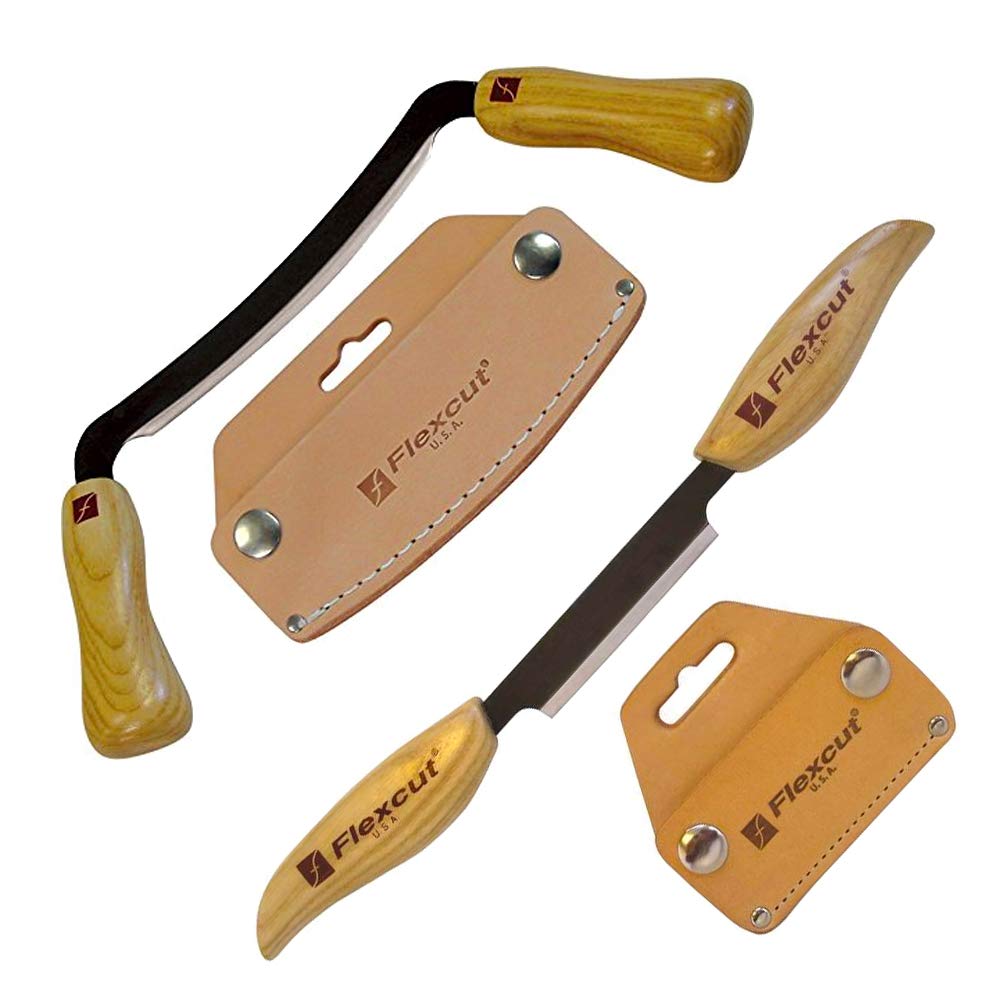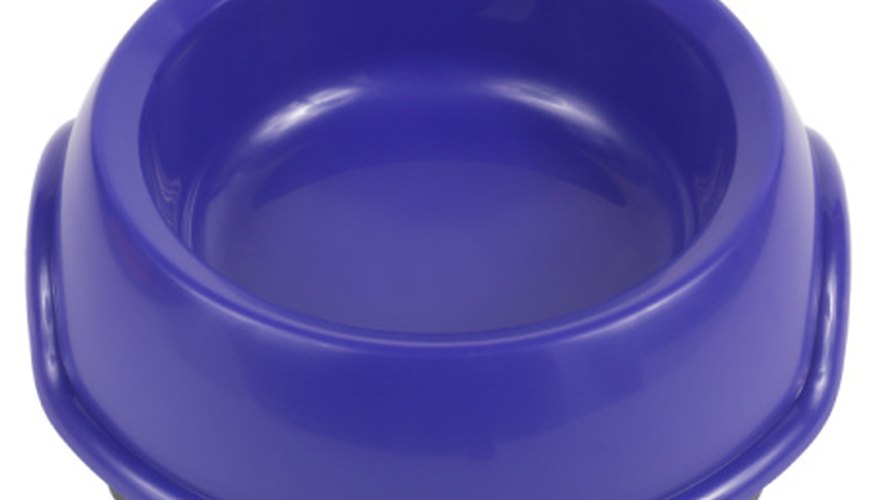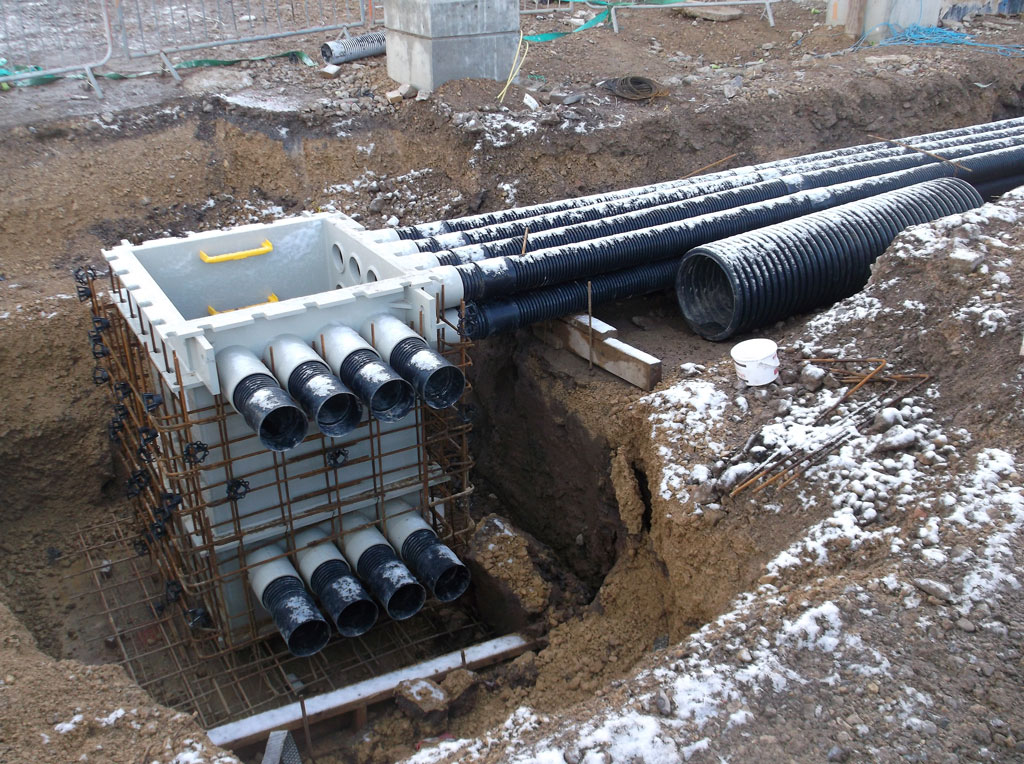Knife draw dk2 drawing wood carving tools beavercraft
Table of Contents
Table of Contents
If you’re new to woodworking, the world of tools can be overwhelming. With so many different types of knives and blades available, it can be hard to know where to start. However, learning how to draw knives is key to being able to create intricate designs and achieve a smooth, polished finish on your projects. In this post, we’ll go over everything you need to know about drawing knives, including the different types of knives available and techniques for using them effectively.
Woodworking can be a satisfying and rewarding hobby, but it can also be frustrating if you don’t have the right tools. One of the biggest challenges people face when learning how to draw knives is getting a clean cut without leaving rough edges or tearing the wood. Additionally, not all draw knives are created equal - some may simply not be suitable for your particular project. But with a little practice and some knowledge, you can master the art of drawing knives and achieve the precision and finesse you’re looking for.
The first thing to know is that there are many different types of draw knives available, each with its own unique qualities and purposes. For example, a curved draw knife is great for shaping rounded surfaces, while a straight draw knife is better for roughing out flat surfaces. You may also want to consider the size and shape of the handle - a comfortable grip is essential for accuracy and control. When selecting your draw knife, make sure you choose one that is appropriate for the job at hand, and take the time to properly familiarize yourself with its features and capabilities.
In summary, mastering how to draw knives is an essential skill for any woodworking enthusiast. By understanding the different types of knives available and their unique features, you can achieve the precision and finesse necessary to create beautiful, functional pieces of art. Remember to choose a knife that is appropriate for your project, and take the time to learn how to use it effectively. With a little bit of practice and patience, you’ll be amazed at what you can accomplish!
Choosing the Right Draw Knife For Your Project
One of the most important aspects of learning how to draw knives is choosing the right tool for the job at hand. While there are many different types of draw knives available, each with its own unique features and purposes, there are a few key factors to consider when selecting the right one for your project.
First and foremost, you’ll want to consider the size and shape of the blade. For roughing out flat surfaces, a straight draw knife is generally the best choice, while a curved draw knife is ideal for shaping round surfaces like bowls or chair seats. You’ll also want to pay attention to the size and shape of the handle - a comfortable grip is essential for maintaining control and avoiding slips that could lead to damage or injury.
Another factor to consider is the quality and durability of the blade. Higher-quality draw knives may be more expensive, but they will generally perform better and last longer than lower-quality models. Look for a blade that is made from high-quality steel and has a sharp edge that can be easily maintained with regular sharpening.
 Mastering the Art of Drawing Knives
Mastering the Art of Drawing Knives
While choosing the right draw knife is important, it’s also essential to learn how to use it effectively. Here are a few tips for mastering the art of drawing knives:
- Always use a sharp blade - a dull blade can cause rough edges or even damage to the wood.
- Start with light, gentle cuts and gradually increase the pressure as you become more comfortable with the tool.
- Rest the blade flat on the wood and draw it towards you, using even pressure and keeping the blade at a consistent angle.
- Use your non-dominant hand to hold the wood steady while you work, and be sure to keep your fingers out of the way of the blade.
- Take breaks frequently - drawing knives can be hard on the hands and wrists, so it’s important to rest and stretch periodically to avoid strain or injury.
 ### The Different Types of Draw Knives
### The Different Types of Draw Knives
As we mentioned earlier, there are many different types of draw knives available, each with its own unique features and purposes. Here are a few of the most common types:
- Straight draw knives - these are the most commonly used type of draw knife, with a straight blade that is ideal for roughing out flat surfaces.
- Curved draw knives - these are great for shaping round surfaces like bowls or chair seats, with a curved blade that conforms to the shape of the wood.
- Swan-neck draw knives - these have a curved blade and a longer handle that allows for greater leverage and control, making them ideal for more intricate or detailed work.
Final Thoughts on Learning How to Draw Knives
While mastering the art of drawing knives can be challenging, it’s also incredibly rewarding. By choosing the right tool for the job, learning how to use it effectively, and taking the time to practice and hone your skills, you can achieve the precision and finesse necessary to create beautiful, functional pieces of art. With the tips and insights in this post, you’ll be well on your way to becoming a skilled and confident woodworker. Happy carving!
Question and Answer
Q: What is the best way to sharpen a draw knife?
A: To sharpen a draw knife, use a bench grinder or sharpening stone to remove any nicks or burrs from the blade, then use a honing stone to create a sharp edge with a consistent bevel angle. Be sure to maintain the correct angle throughout the sharpening process, and take care to protect yourself from the blade.
Q: How do I know if my draw knife is sharp enough?
A: A sharp draw knife should easily shave off thin slices of wood without catching or tearing. If you notice rough edges or hear a scraping sound when using the knife, it may need to be sharpened.
Q: Can I use a draw knife on green wood?
A: Yes, draw knives can be used on green or wet wood, but be aware that the process may be messier and more difficult than working with dry wood. It’s also important to take care when using sharp tools on wet wood, as the moisture can make the wood more susceptible to damage or splitting.
Q: What is the best way to clean and maintain my draw knife?
A: To clean and maintain your draw knife, wipe it down after each use to remove any sawdust or debris, and store it in a dry, protected place. You may also want to periodically oil the blade to prevent rust or corrosion. When not in use, keep your draw knife in a blade guard or sheath to protect both the blade and yourself.
Conclusion of How to Draw Knives
Learning how to draw knives is an essential skill for any woodworking enthusiast. By choosing the right tool, mastering the technique, and taking care to maintain your equipment, you can achieve the precision and finesse necessary to create beautiful, functional pieces of art. Whether you’re just starting out or you’ve been woodworking for years, the insights and tips in this post will help you take your skills to the next level. Happy carving!
Gallery
Draw Knives | FINE TOOLS

Photo Credit by: bing.com / draw knife knives handles barrel open nr
Draw Knife Set: Flexcut Draw Knife Set

Photo Credit by: bing.com / flexcut ramelson smoothing roughing sheaths
Draw Knife | How To Use | What Are The Types | What Are The Purposes Of

Photo Credit by: bing.com / draw knife knives curved straight difference between purpose purposes types print woodworkersjournal
Just Got These Compact Draw Knives, Works Great And Packs Well : Bushcraft

Photo Credit by: bing.com / draw knives compact these got just well works great wood waste packs bushcraft quick comments quickly carving woods nice commissioned
DK2 - Draw Knife - Beaver Craft – Wood Carving Tools From Ukraine With

Photo Credit by: bing.com / knife draw dk2 drawing wood carving tools beavercraft






